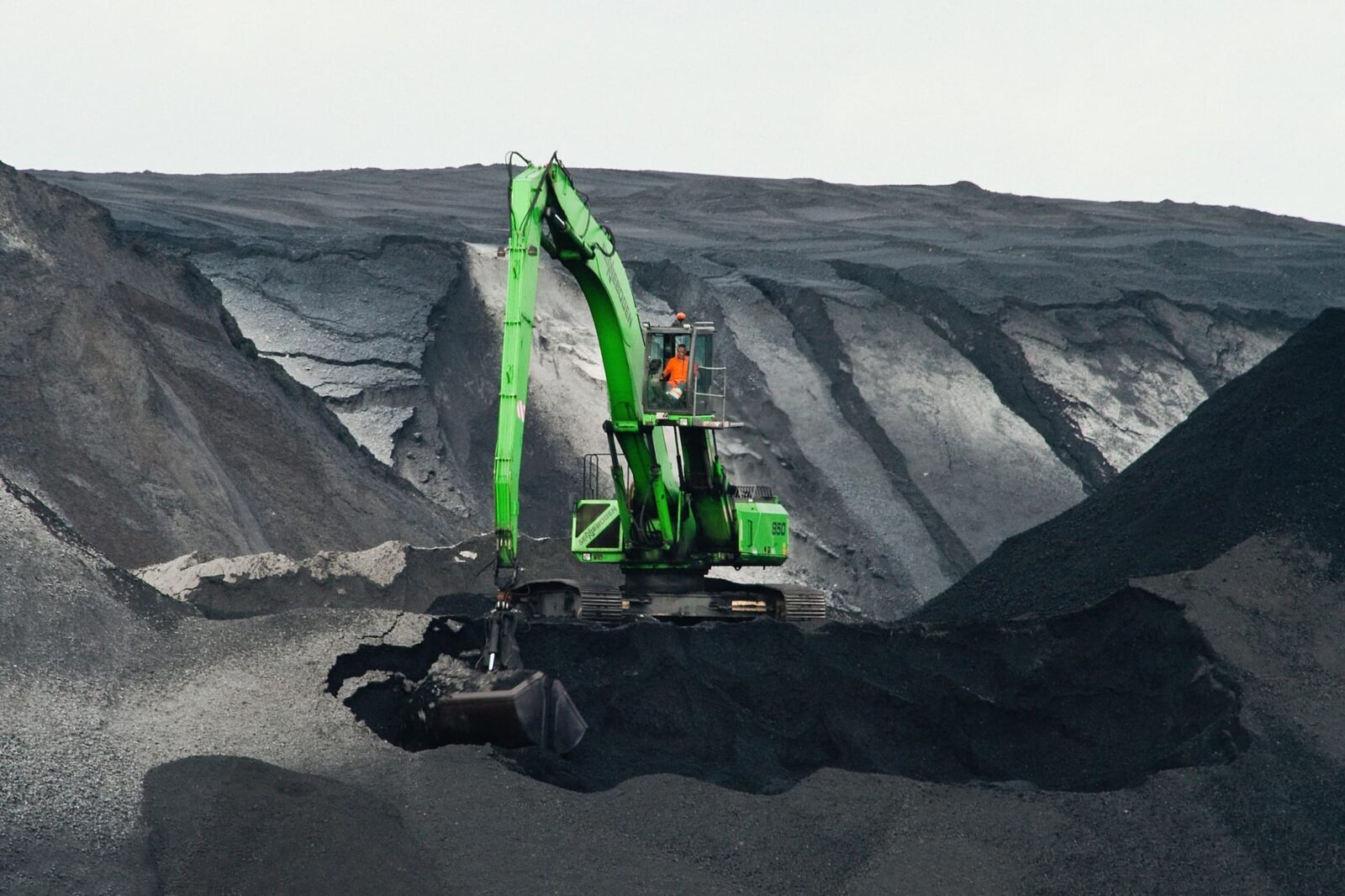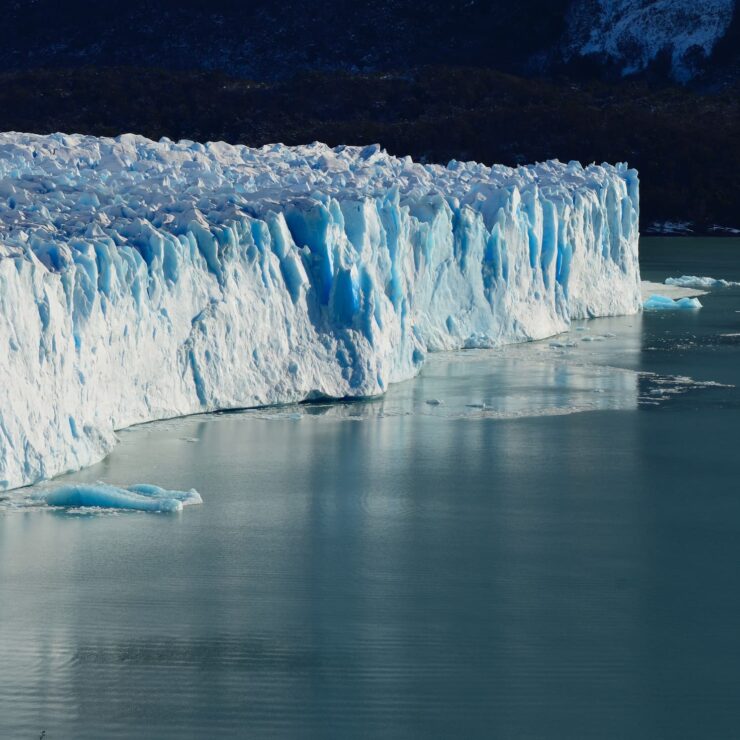In recent decades, humanity has used more natural resources than ever before in the history of mankind. Increased consumption has led to an ever-increasing amount of waste and pollutants.
Waste is caused by every product and service you consume. It is generated when you charge your phone, drive a car, or drink milk. This waste ultimately ends up in nature. The impact of consumption on the environment is measured by the ecological footprint. Each person can calculate their ecological footprint on their own.
What footprint?
The ecological footprint measures the extent to which humanity or an individual uses the environment in relation to the ability of the planet’s ecosystems to reproduce resources.
Overconsumption and the increasing population of the Earth have put the planet in a difficult position. If consumption exceeds the earth’s productive capacity, our behavior will not be sustainable. It is affected by people’s transport choices, what we eat, and how much we reuse products and resources.
Measuring of the ecological footprint
The ecological footprint method was developed by William Rees and Mathis Wackernagel in the early 1990s. The method is currently used globally. It takes into account the approximate size of the land needed to produce the resources we use in one year and to recycle, dispose or sequester the waste and pollution we generate.
The ecological footprint calculator shows the environmental use of one person, company, or area. It is measured in global hectares per person per year (gha/p). One global hectare is equal to the average productivity of all the biologically productive land and sea area in the world in one year. In other words, the arable land was divided among all people. The calculation showed that there is on average of 2 hectares of land per person.
Most countries consume much more than our planet is able to produce. That means that their ecological footprint is bigger than their biocapacity.
Why is it important to know your ecological footprint?
For humanity to be sustainable, one’s consumption shouldn’t exceed the earth’s ability to reproduce natural resources. As of right now, we’re using resources that are equivalent to 1,75 planet Earth’s. This means that it will take the planet one year and 8 months to restore everything that was consumed in one year.
The earth can’t cope with overfishing, deforestation, over-consumption of ecological resources, and excessive carbon emissions. By determining the extent of your ecological footprint, you’ll be able to know how much you need do to reduce it.
The ecological footprint of Estonia
The use of energy, meaning how much electricity and heating you use and what your means of transportation is, has the biggest impact on the environment. According to the most recent data, the ecological footprint of Estonians is 6,86 global hectares per person per year. That means we’d need 4,5 planet Earths if everybody consumed as much as Estonians do. In other words – if we carried on the same, we would need a planet 4,5 times bigger than the one we have.
Hence the need for a more green and sustainable lifestyle – we quite obviously do not have many planets to use, only one. The huge ecological footprint that Estonians have can mostly be blamed on the local oil shale industry. Oil shale, which is widely used and produced in Estonia, has a very low energy content – twice as low as natural gas! This means that it is an extremely inefficient choice as an energy source. However, we can’t blame our energy industry alone for the big footprint. The poor consumption habits of Estonians also play a part in this.
It is often stressed that if we don’t change our consumption habits as soon as possible, future generations will suffer. In reality, people and nature in every corner of the world are immensely affected by our unsustainable decisions already. Extreme weather conditions are more evident than ever in the form of increasing floods, storms, and droughts. One thing is clear – we need to reduce our ecological footprint not only to improve the future but the present as well.
How to reduce the ecological footprint?
In order to understand our impact on the planet, we need to observe our consumption habits. An easy way to calculate the ecological footprint is to use the ecological footprint calculator. The one Positium has on its website is popular in Estonia. The calculator allows you to understand your impact on the environment. Understanding this will make it easier to figure out the steps you should take to live a more sustainable life. After entering your data into the calculator, the results show how much land resources your consumption uses. In addition, you can look at your own ecological footprint compared to other people on Earth.
To reduce your ecological footprint, you can start by changing the little things. Making more conscious choices can have a major impact on making the world a place worth living for years to come.
- Eat less meat and dairy products. Livestock farms consume large amounts of land resources, which means that forests are cut down. The meat and dairy industries also use a lot of drinking water, a whopping 10% of the global supply. Therefore, prefer fruits and veggies and produce that uses the least energy to transport. You can also grow herbs on your windowsill or balcony!
- Use reusable grocery bags. Avoid the use of plastic bags and take your own bag with you when you go to the store. Alternatively, you can reuse the plastic bags you already own.
- Reuse. When choosing new clothes or furniture, pay a visit trip to a second-hand shop. Think twice before buying something new – perhaps you don’t even need it! Maybe it’s possible to mend the old one or borrow from a friend. Don’t forget you can always take your old clothes to the thrift store – you don’t need to throw them away!
- Reduce the use of packaging. Avoid plastic dishes. If possible, buy unpackaged food or buy bulk, i.e choose one big pack instead of many small ones.
- Sort waste. Estonian households generate an average of 300 kg of waste per person each year. Since 2020, Estonia has set a goal to recycle resources such as paper, plastic, metal, cardboard, and glass. This helps to reduce excess manufacturing. In addition, take the hazardous waste safely to a designated area
- Avoid traveling by car. Instead, prefer public transport, a bike or your feet. If it’s not possible to move without a car, offer your friends or coworkers a ride. When you choose a new car, check the economic impact the vehicle has. Don’t forget to pay attention to your driving style. You should use the highest possible gear and drive as smoothly as possible.
- Use electricity sparingly. Don’t leave the lights on and use renewable energy. Prefer devices that consume the least amount of energy (in Estonia, they’re labeled with an A-mark) and don’t leave them plugged in when they are fully charged or not in use. This helps to reduce both electricity bills and the CO2 footprint. Wash the laundry with cooler water, do not use more heating than necessary in winter, and use water (especially warm water) sparingly.
- Choose green energy. As the carbon footprint of oil shale is massive, choose a renewable energy package instead. A quarter of Estonia’s electricity consumption is made up of electricity consumed in households. Ask your electricity retailer to exchange your current package for a greener one. It’s as easy as ABC! After your request, the retailer will take the necessary action on your behalf to ensure that in the future, your home is powered by green energy.




